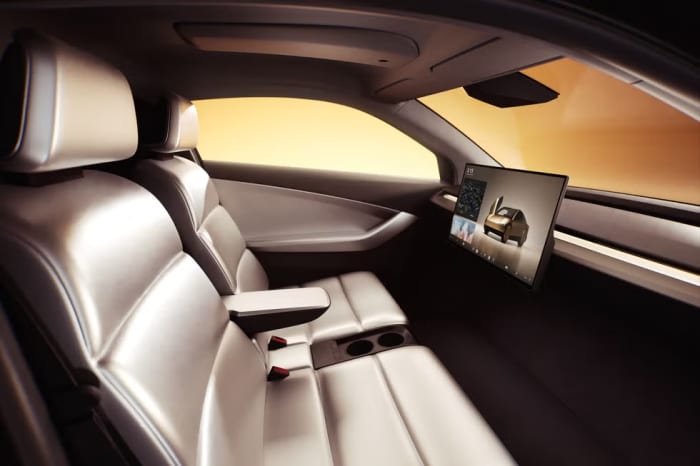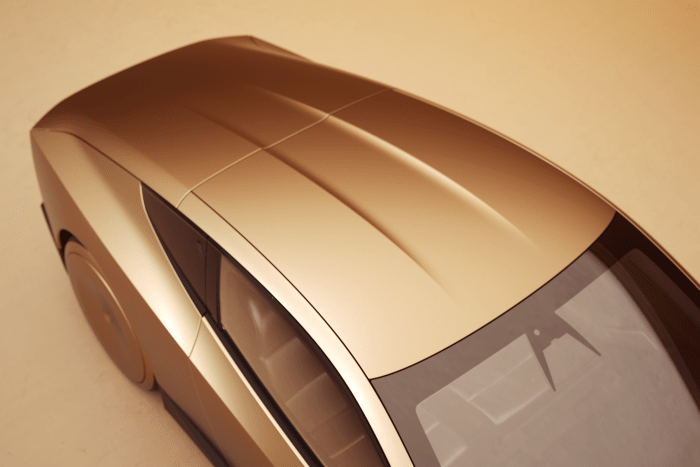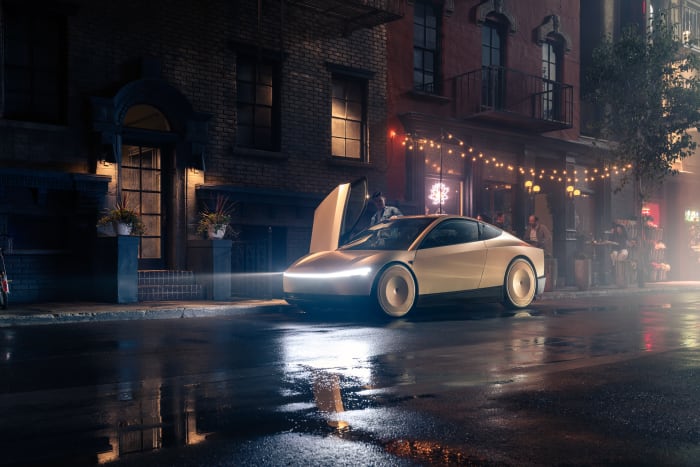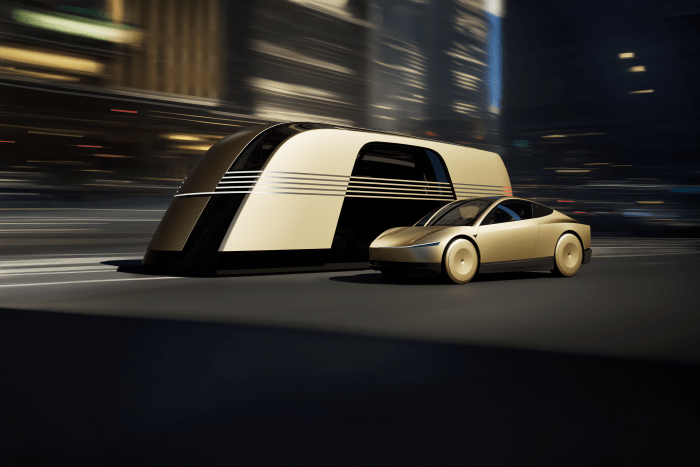It will take much more than a working prototype and a positive attitude to make robotaxis a reality.
 Elon Musk put on a very impressive presentation recently, direct from the Warner Brothers studio lot, highlighting Tesla’s apparent accomplishments in the area of self-driving robotaxis. While everything looked great on the surface, there remain several good reasons why Elon Musk’s Tesla robotaxis won’t be hitting the roads anytime soon.
Elon Musk put on a very impressive presentation recently, direct from the Warner Brothers studio lot, highlighting Tesla’s apparent accomplishments in the area of self-driving robotaxis. While everything looked great on the surface, there remain several good reasons why Elon Musk’s Tesla robotaxis won’t be hitting the roads anytime soon.
There is no regulatory framework that allows robotaxis to operate in mass quantities
It’s a fact: Federal regulations simply do not allow unlimited quantities of vehicles without steering wheels, pedals, and other essential controls to operate on public roads.
Manufacturers are allowed to operate a maximum of 2,500 such vehicles, if an exemption permit is granted. Tesla has not addressed this issue and according to NHTSA, the company has not yet applied for the exemption permit that would allow it to put those 2,500 robotaxis on the roads.

Tesla Robotaxi Prototype Interior
Tesla’s competitors are way(mo) ahead in this space
Tesla does not have the robotaxi industry to itself – not by a long shot. Alphabet’s Waymo division has a multi-year advantage in self-driving software, is currently operating its own Waymo One robotaxi fleet in Phoenix, Arizona, and is expanding to additional locations.
General Motors’ Cruise has suffered some safety setbacks, but it has resumed operation of its robotaxi fleet, also in Phoenix. Others that are currently in operation or about to start pilot projects include Nissan, Volkswagen, Mercedes-Benz, Lyft, Baidu (currently operating in Chinese cities), and Amazon (for package delivery).

Tesla Robotaxi Prototype Roofline
Tesla
Tesla has missed many of its self-driving technology deadlines
Tesla has a record of missing Musk’s predictions of exactly when its autonomous systems would be ready for prime time.
Musk has been claiming that Tesla is on the threshold of full autonomy for more than a decade now. He promised in 2019 that fleets of self-driving vehicles, owned by current Tesla drivers, would be on the roads, generating income for these people by end-of-year 2020. Musk also claimed that this individually-owned robotaxi fleet would grow to one million vehicles by December 31, 2022.
Those promises have obviously not come to pass. Not even close. Is there any reason to believe his latest claim that an under-$30,000 robotaxi will be ready to be released onto U.S. roads and highways “before 2027,” as Musk claimed at the reveal?

Tesla Robotaxi Prototype
Tesla
Tesla’s current supervised FSD still has safety issues, including a recall
Let’s not forget that Tesla’s current versions of Autopilot and Full Self-Driving (FSD) have landed the company in hot water with regulatory authorities.
The Department of Justice is investigating Tesla for fraud regarding potentially misleading statements made to investors about Autopilot and FSD, including Tesla claims that “the car is driving itself.”
A spate of Tesla vehicles crashing into the rears of emergency vehicles parked on road shoulders led to a 2021 NHTSA probe into the Autopilot system, finding the tech directly connected to 13 fatal accidents. While this investigation was closed after Tesla added a disclaimer and an over-the-air update, NHTSA has opened a new investigation to determine whether the fix was adequate to mitigate the original problem.

Tesla Robotaxi & Robovan Prototypes
Tesla
The public needs to accept self-driving technology before it can become widely used
By the time Tesla (and any other operators of self-driving vehicles) are ready to populate the roads with autonomous robotaxis, the public at large will need to buy in to the very concept of a driverless taxi. Granted, for many people this is simply a fear of the unknown. But there are still significant safety concerns, exemplified by GM Cruise’s struggles traversing the difficult-to-navigate streets of San Francisco. This is one more area in which legislators may need to erect some regulatory safety-related guardrails around the industry.

Tesla Robotaxi Prototype
Tesla
Final thoughts:
Elon Musk’s upbeat vision of a self-driving Tesla robotaxi future may well eventually happen. But before it does, a number of regulatory, competitive, technological, safety, and social issues will have to be resolved by our government, the corporations involved, and the society at large. All of that will likely take much longer than slightly over two years from now, as Musk has predicted.





